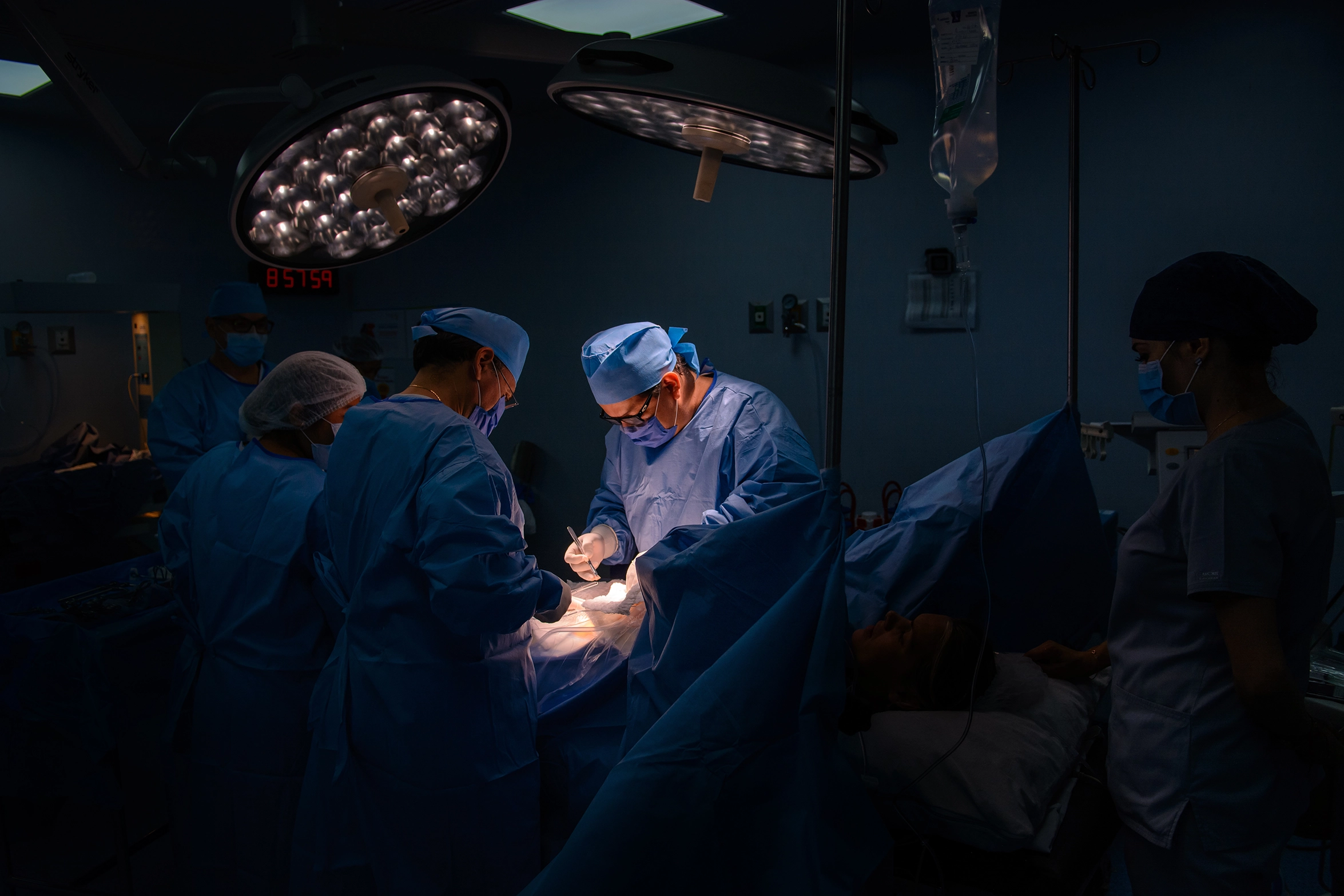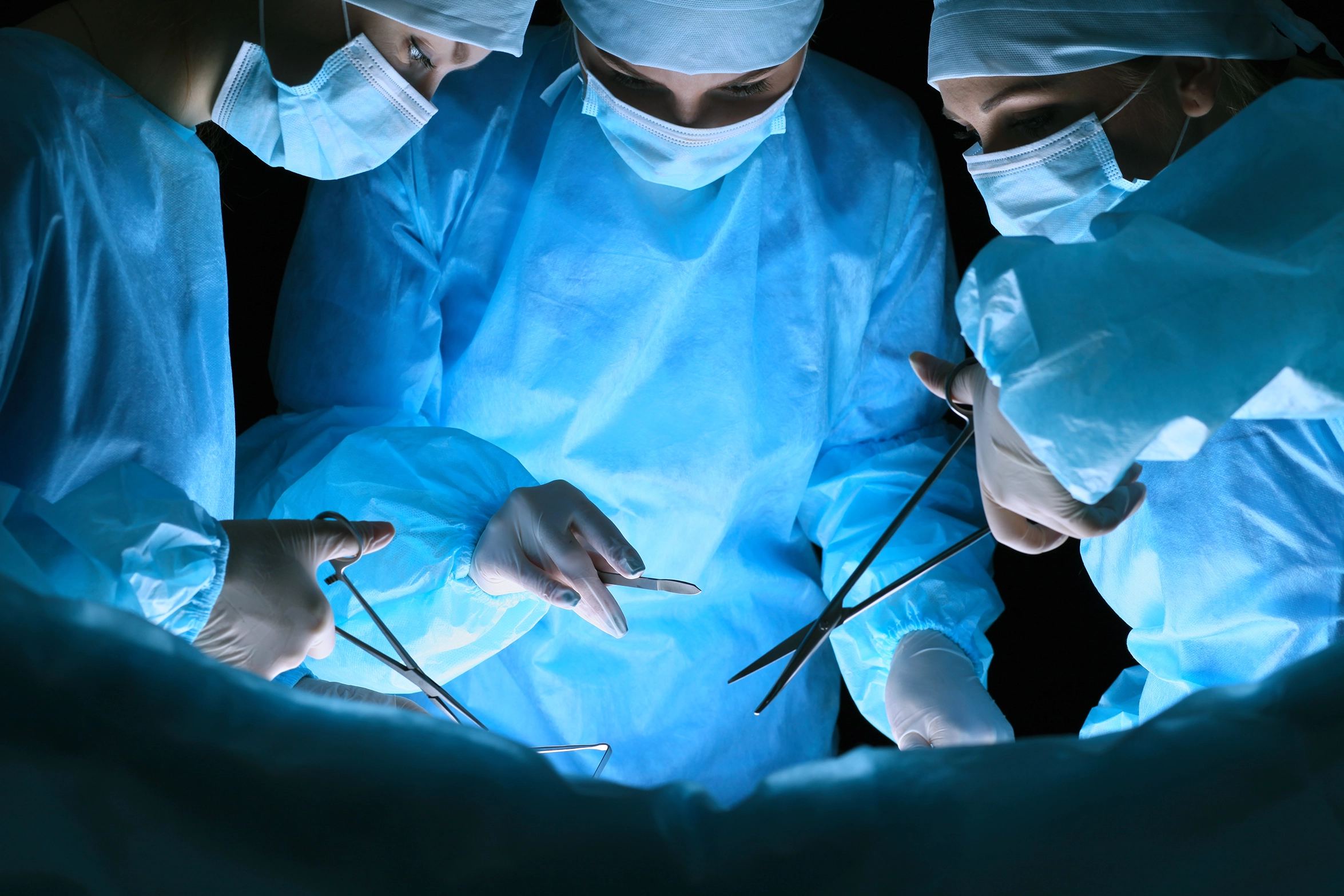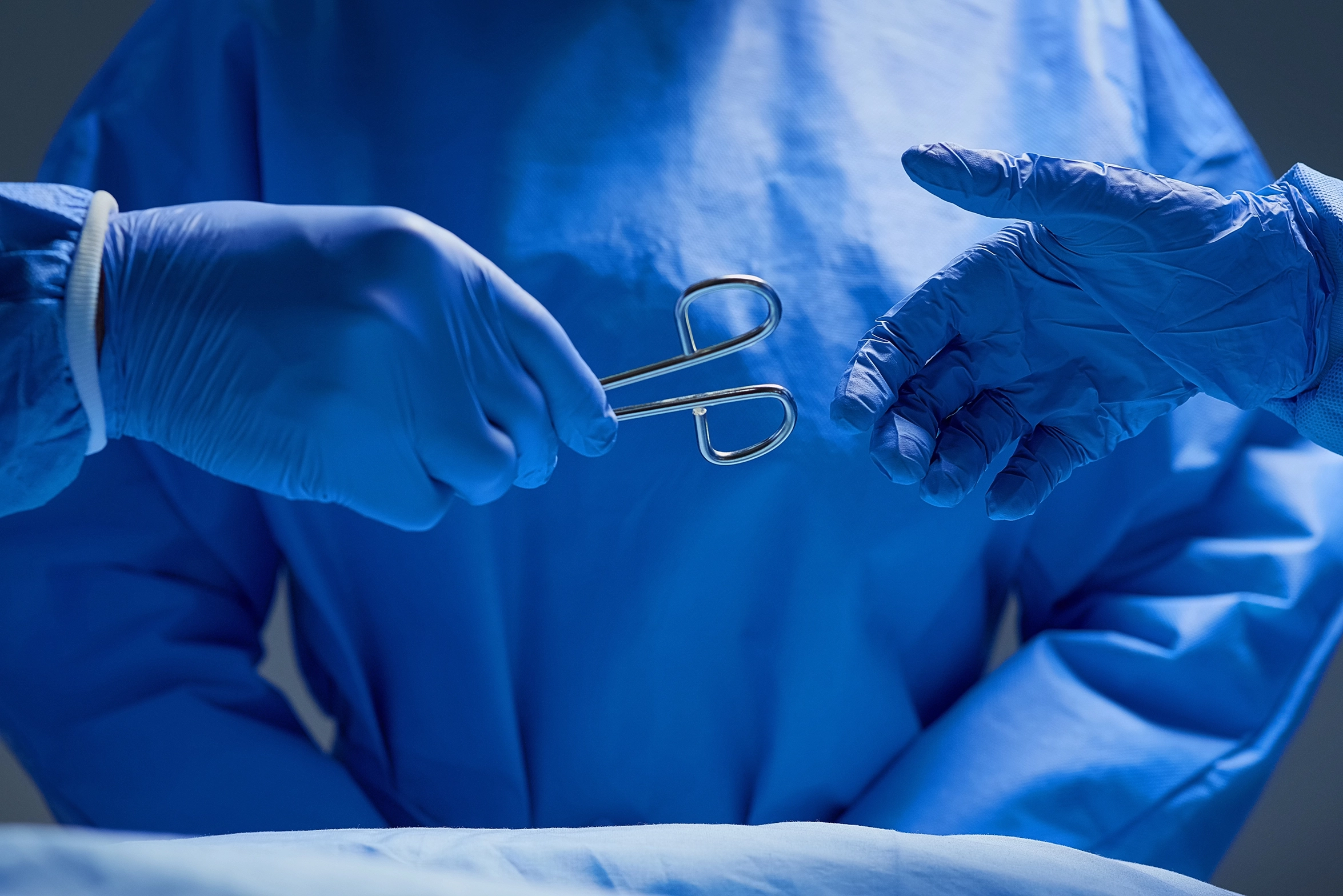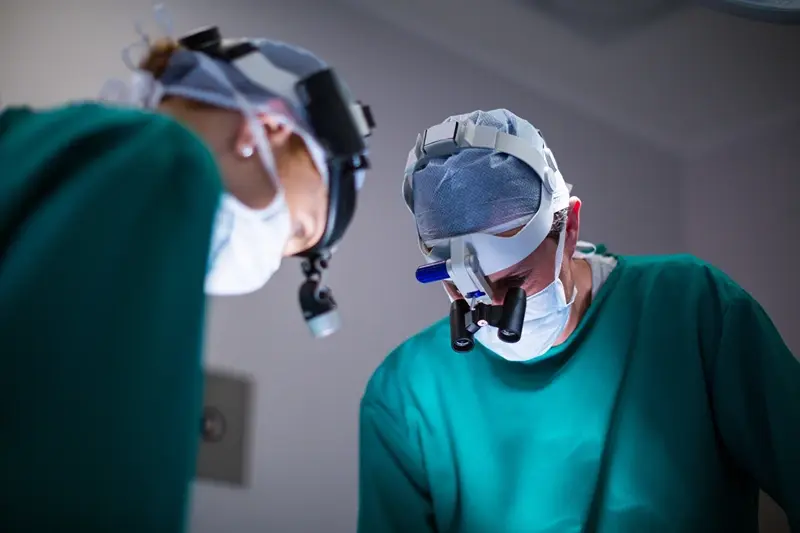VATS/Open decortication in Dubai at DRHC
VATS/Open Decortication is a highly specialized surgical procedure offered at the Dubai Thoracic Surgery Clinic. Our team of elite surgeons, known for their expertise in sub-specialty techniques, excels in performing this advanced procedure with precision and care.
VATS, which stands for Video-Assisted Thoracoscopic Surgery, is a minimally invasive technique that allows our surgeons to access the chest cavity through small incisions. This approach offers several benefits, including reduced post-operative pain, shorter hospital stays, and faster recovery times. With our state-of-the-art medical equipment and the latest advancements in VATS technology, we ensure that our patients receive the highest quality care during the VATS/Open Decortication procedure.
Open decortication, on the other hand, is a traditional surgical approach that involves making a larger incision to access the chest cavity. This technique may be necessary in certain cases where a more extensive intervention is required. Our skilled surgeons are experienced in performing both VATS and open decortication procedures, allowing us to tailor the surgical approach to each patient's unique needs.
During the VATS/Open Decortication procedure, our surgeons meticulously remove the thickened and inflamed tissue that has developed around the lungs, known as the pleural peel. This condition, often caused by infections, lung diseases, or trauma, can lead to breathing difficulties and other complications. By removing the pleural peel, our surgeons aim to improve lung function and restore the patient's quality of life.
Causes and Risk Factors:
- Empyema: Empyema is a condition where pus collects in the pleural space (the space between the lung and chest wall), often as a result of a bacterial infection. This can lead to inflammation and thickening of the pleura, which can cause the lung to become trapped and unable to expand fully.
- Fibrosis: Fibrosis is a condition where scar tissue forms in the pleura, often as a result of previous infections, trauma, or surgery. This can cause the lung to become trapped and unable to expand fully.
- Pleural effusion: Pleural effusion is a condition where fluid collects in the pleural space, often as a result of heart failure, liver disease, or kidney disease. This can cause the lung to become trapped and unable to expand fully.
- Pneumothorax: Pneumothorax is a condition where air enters the pleural space, often as a result of trauma, lung disease, or medical procedures. This can cause the lung to collapse partially or completely.
- Lung cancer: Lung cancer can cause the pleura to become thickened and inflamed, which can cause the lung to become trapped and unable to expand fully.
- Tuberculosis: Tuberculosis is a bacterial infection that can cause the pleura to become thickened and inflamed, which can cause the lung to become trapped and unable to expand fully.
- Previous chest surgery: Previous chest surgery, such as lung resection or pleurodesis, can cause the pleura to become thickened and inflamed, which can cause the lung to become trapped and unable to expand fully.
- Radiation therapy: Radiation therapy for lung cancer or other chest cancers can cause the pleura to become thickened and inflamed, which can cause the lung to become trapped and unable to expand fully.
- Connective tissue disorders: Connective tissue disorders, such as rheumatoid arthritis or systemic lupus erythematosus, can cause the pleura to become thickened and inflamed, which can cause the lung to become trapped and unable to expand fully.
Symptoms:
- Chest pain: Pain in the chest, often sharp or stabbing in nature, is a common symptom of open decortication. This pain may worsen with deep breathing, coughing, or movement.
- Shortness of breath: Difficulty breathing or shortness of breath is another common symptom of open decortication. This may be due to the underlying lung condition or the surgical procedure itself.
- Cough: A persistent cough may develop as a result of irritation from the surgery or the presence of fluid or mucus in the lungs.
- Fatigue: Feeling tired or fatigued is a common symptom after open decortication, as the body needs time to recover from the surgery.
- Fever: A fever may develop as a result of infection or inflammation in the lungs or chest cavity.
- Swelling: Swelling or inflammation in the chest area may occur as a result of the surgery or the underlying lung condition.
- Difficulty swallowing: Difficulty swallowing may occur if the surgery affects the nerves or muscles involved in swallowing.
- Hoarseness: Hoarseness or changes in the voice may occur if the surgery affects the nerves or muscles involved in speaking.
- Persistent coughing up of blood: Coughing up blood, also known as hemoptysis, may occur if there is bleeding in the lungs or chest cavity.
- Chest tightness: A feeling of tightness or pressure in the chest may occur as a result of the surgery or the underlying lung condition.
Diagnosis:
Diagnosing the need for VATS/open decortication involves a comprehensive evaluation of the patient's medical history, symptoms, and imaging tests. Our skilled thoracic surgeons at the Dubai Thoracic Surgery Clinic utilize state-of-the-art diagnostic tools, such as chest X-rays, CT scans, and MRI scans, to assess the extent of the pleural peel and determine the best course of treatment. Additionally, pulmonary function tests may be conducted to evaluate lung function and determine the impact of the condition on respiratory health. Through a thorough diagnostic process, our expert team ensures accurate and personalized care for each patient seeking VATS/open decortication at our clinic.
Treatment Options:
- Medications: Antibiotics may be prescribed to treat or prevent infection, and pain medications may be prescribed to manage pain after the surgery.
- Oxygen therapy: Supplemental oxygen may be provided to help improve breathing and oxygenation.
- Chest physiotherapy: Chest physiotherapy may be recommended to help clear mucus from the lungs and improve lung function.
- Pulmonary rehabilitation: Pulmonary rehabilitation may be recommended to help improve lung function and overall physical fitness.
- Surgery: In some cases, additional surgery may be needed to address complications or to further improve lung function.
- Supportive care: Supportive care, such as nutritional support and emotional support, may be provided to help improve overall well-being.



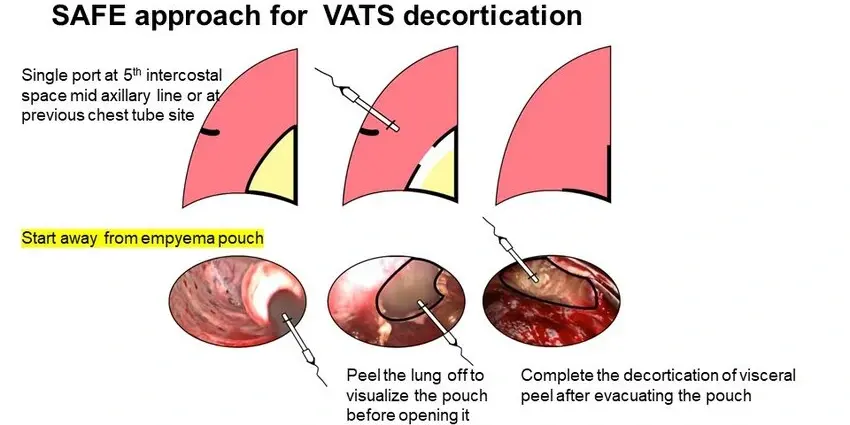
.png?width=281&height=59&name=bookanappointment%20(1).png)
